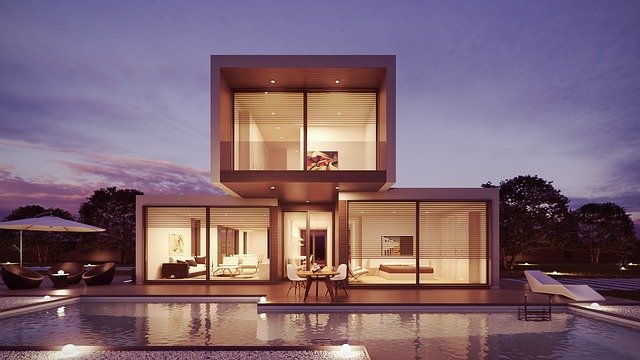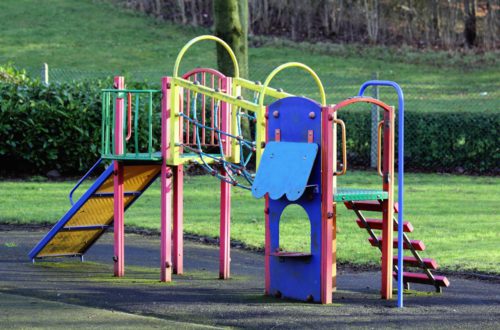Sustainability is the talk in many industries currently. Like other design fields, interior design is often tied to changing styles. What is in trend and what is not heavily influences procedures and outcomes. It doesn’t matter what the ultimate design goal is; whether it be renovation, decoration or architectural detailing. All interior decorators must stay updated on the latest trends. If they do not, their business ventures will quickly fail as customers always want the most current designs.
In the design industry, the quickest growing component is the incorporation of sustainable and eco-friendly interior design materials and products. From collecting rainwater to using durable and environmentally friendly materials like bamboo, there is an increasing demand for this service. Innovation needs to run high when it comes to designing a sustainable space.
Interior design projects with sustainable designs are involved in determining the effective and efficient use of the area, selecting the right construction materials that have low environmental impact, lower waste and energy consumption and low levels of pollution. When an interior design business is being operated as a sustainable company it focuses on the use of eco-friendly building materials, which are both environmentally friendly and can offer cost savings for the client without worrying about using hazardous materials. A sustainable interior design company has the power to enhance their brand image by advertising its genuine commitment to bettering and protecting the environment.

Focusing on sustainability
The industry of interior designers hold the belief that sustainability should be an essential part of a designer’s approach, from reducing environmental impact to being energy efficient. Interior designer schools tend to incorporate sustainable design where they are educating the professionals of tomorrow.
- You need to maximise the efficiency of your space. Efficiently used areas will help to keep the size of the building on the smaller side so you can keep the use of construction materials to a minimum. Micro-housing developments serve as a solution in cities that have quickly growing populations. They are typically around 300 square feet and have built-in amenities. There is a lot that is now LEED-certified.
- Use energy sparingly, have wise design and utilise eco-friendly construction materials. Designers can work with doors and windows that maximise energy efficiency. Wood flooring is a good option as it comes from renewable sources like bamboo. Water-saving toilets are another vital example considering how many times a day we flush the toilet.
- Use materials that are produced in a responsible manner. Purchase products and furniture that promote safe manufacturing processes and business practices. When you can, try and use local resources and products.
- Reduce waste by using recycled materials. Vintage and antique products work well as an option for interior designers, and these can be found in plenty of second-hand stores. Try and repurpose or refinish furniture, so you are giving it a new life. Even things like tiles, fabrics and countertops can also be made from recycled materials too.
- Consider energy-efficient lighting. Incorporate skylights and windows to bring in as much natural light as you can. If you need artificial lighting, go with fluorescent bulbs or LEDs as these last longer and will help to save energy.
- Use non-polluting and non-toxic products. There has been an increase in the variety of chemical-free products that are available from hypoallergenic paint to woods and fibres that are not treated with pesticides. Bringing in sustainable practices into your interior design ideas means you are doing your part to promote responsibility and energy efficiency. Home interior designers are excellent at coming up with new ideas and having the latest industry knowledge.





